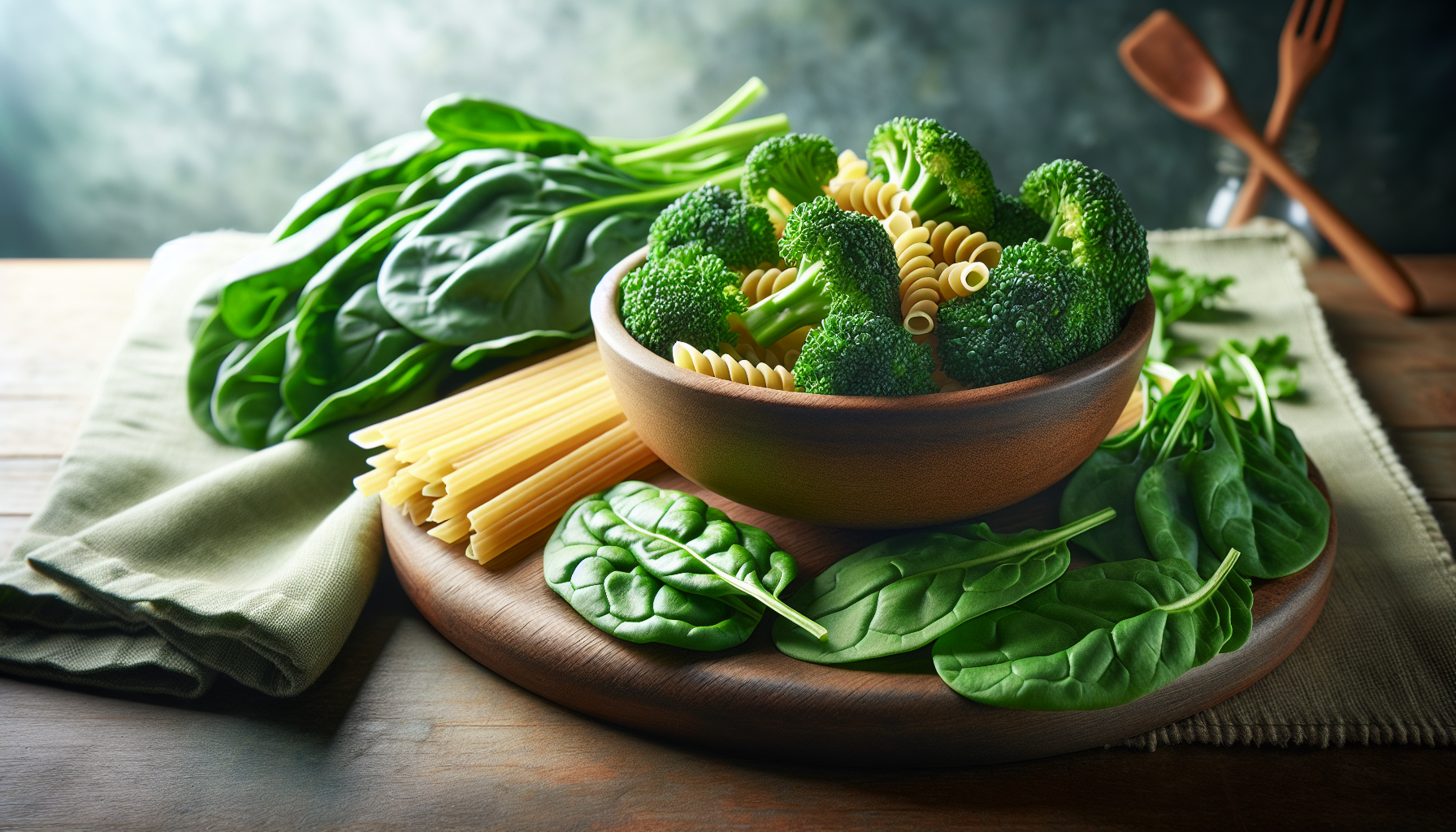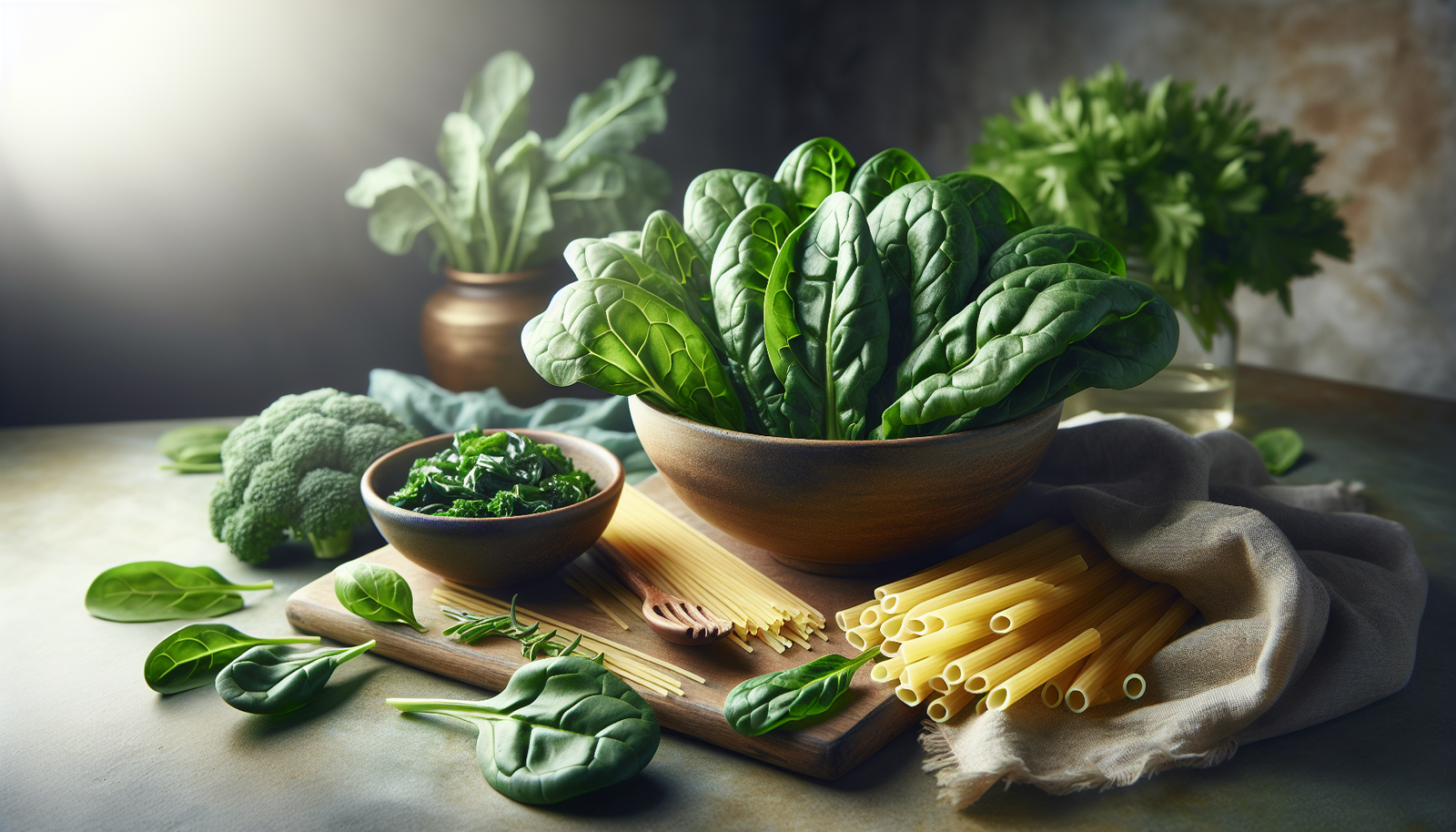Have you ever found yourself torn between your favorite foods and the need to be mindful of your health? It can be a real challenge to balance enjoyment with nutritional needs, especially when it comes to oxalates. But fear not! You can savor your meals with thoughtful swaps that allow you to indulge without the worry.
Understanding Oxalates
Before we jump into the delicious alternatives, let’s clarify what oxalates are. Oxalates, or oxalic acid, are naturally occurring compounds found in many foods. For some people, especially those with a history of kidney stones, consuming high-oxalate foods can lead to health complications. But knowing which foods are high in oxalates allows you to make informed choices in your diet.
Common High-Oxalate Foods
You might be surprised to discover which popular foods are high in oxalates. Spinach, chocolate, rhubarb, and certain nuts like almonds are just a few culprits. The good news? There are plenty of alternative ingredients to help you reduce your oxalate intake while still satisfying your culinary cravings.
Low-Oxalate Swaps for Common Favorite Foods
Now that we’re on the same page about oxalates, let’s talk about the delicious alternatives. You’ll find that replacing high-oxalate foods doesn’t mean sacrificing flavor or satisfaction.
1. Spinach to Kale or Swiss Chard
Spinach is a staple in many salads and dishes, but it’s also quite high in oxalates. Instead, consider using kale or Swiss chard in your meal prep.
Why Kale and Swiss Chard?
Both kale and Swiss chard are nutrient-dense options that provide a satisfying texture and flavor. Kale offers a hearty crunch, while Swiss chard has a slightly sweeter taste. These greens are lower in oxalates and packed with vitamins A, C, and K.
2. Almonds to Pecans or Walnuts
Nuts are often a go-to snack, but many are high in oxalates. Almonds, for instance, should be enjoyed sparingly. So, let’s switch gears and opt for pecans or walnuts.
Why Pecans and Walnuts?
Pecans are rich in healthy fats and have a buttery flavor, while walnuts boast a slightly bitter taste that’s surprisingly complementary in baked goods. Both contain lower oxalate levels, making them a heart-healthy snack choice.
3. Dark Chocolate to Carob or Milk Chocolate
If you have a sweet tooth, the intense flavor of dark chocolate might make you cringe a bit when considering its oxalate content. However, there are delightful alternatives that can satisfy your chocolate cravings without the health risks.
Why Carob or Milk Chocolate?
Carob is a naturally sweet legume that can be ground into powder or made into chips. It has a mild, sweet flavor that works well in baked goods. Milk chocolate, while higher in sugar, has lower oxalate levels than dark chocolate. Just be cautious with portion sizes to maintain balance.
4. Rhubarb to Apples or Pears
Rhubarb can be a tart and tantalizing treat but comes with a hefty oxalate price tag. If you love a rhubarb pie or crumble, here’s an easy swap.
Why Apples or Pears?
Both apples and pears can deliver a delightful sweetness and texture in desserts. You can bake them into pies or enjoy them fresh. Moreover, they’re lower in oxalates and provide fiber, keeping your digestive health on track.
5. Beet Greens to Broccoli or Cauliflower
If beet greens are part of your meal routine, it might be time for a change. These leafy greens, although tasty, can be high in oxalates.
Why Broccoli or Cauliflower?
Both broccoli and cauliflower not only lower your oxalate intake but are also versatile. You can steam, roast, or stir-fry them, making them great additions to a variety of dishes. They also contain numerous vitamins and minerals!
6. Buckwheat to Quinoa or Rice
Buckwheat has gained popularity as a gluten-free grain, but it’s also higher in oxalates than alternatives like quinoa or rice.
Why Quinoa or Rice?
Quinoa is a fantastic source of protein and is gluten-free, making it a great substitute for buckwheat in salads or as a side dish. Rice, whether brown or white, is also low in oxalates and works well in many global cuisines.
7. Sweet Potatoes to Butternut Squash
Sweet potatoes are often lauded for their health benefits, but they do contain oxalates. Instead, consider butternut squash as a robust alternative.
Why Butternut Squash?
Butternut squash is deliciously sweet and has fewer oxalates. You can roast it, mash it, or even soup it. Its rich flavor will definitely elevate your meals without the added worry.
8. Figs to Blueberries or Raspberries
Figs tend to be an indulgent treat, especially when dried, but they have a high oxalate content. If you love the sweetness of figs, you can easily switch to berries.
Why Blueberries or Raspberries?
Blueberries and raspberries not only have lower oxalates but are also loaded with antioxidants. Enjoy your berries fresh, in smoothies, or as toppings for yogurt or oatmeal.
9. Sesame Seeds to Sunflower Seeds or Pumpkin Seeds
If sesame seeds are a staple in your cooking, you may want to rethink their use. While they lend a nutty flavor to dishes, the oxalate levels are higher than some alternatives.
Why Sunflower Seeds or Pumpkin Seeds?
Both sunflower seeds and pumpkin seeds are lower in oxalates and add a delightful crunch to salads or trail mixes. They pack healthy fats and proteins, making them a nutritious choice without compromise.
10. Tea to Herbal Teas
While many of us enjoy a calming cup of tea, certain teas like black and green are high in oxalates. But don’t fret; there are flavorful alternatives out there.
Why Herbal Teas?
Herbal teas, like chamomile or peppermint, can be a wonderful swap. They not only come with various health benefits but also provide a world of flavor without the oxalate concerns.
Planning Your Low-Oxalate Meals
Transitioning to a low-oxalate diet doesn’t have to be daunting. Meal planning can make this process smoother.
Creating Balanced Meals
When you’re planning your meals, aim for a variety of colors and textures. Start with a base of low-oxalate greens like kale or broccoli, add protein from lean meats or legumes, and finish with whole grains or lower-oxalate starches like quinoa or basmati rice.
Snack Smart
Snacking doesn’t have to go by the wayside either. Keep your go-to snacks low-oxalate by stocking up on things like carrot sticks, apple slices, or yogurt topped with berries.
Reading Labels
When purchasing packaged foods, reading labels is crucial. Often, you can find better options that fit your low-oxalate requirements. Check for hidden high-oxalate ingredients, and familiarize yourself with brands that offer suitable alternatives.
Cooking Tips
Cooking methods can also make a difference in nutrient retention and oxalate levels. For instance, boiling vegetables can sometimes reduce oxalate content, making them a better choice for your meals.
Conclusion: Savoring the Swap
Making low-oxalate changes to your diet may seem overwhelming at first, but it opens up a world of exciting food swaps that can enrich your meals. With these alternative ingredients, you can enjoy your favorite dishes and stay health-conscious at the same time.
Your health journey is unique, and finding what works best for you is essential. By incorporating these low-oxalate swaps, you’re empowering yourself to eat deliciously without the worry. So, go ahead and try a new recipe, surprise yourself with flavor combinations, and most importantly, enjoy the journey of nourishing your body!





